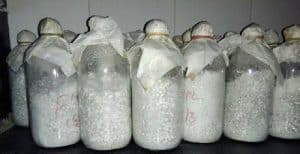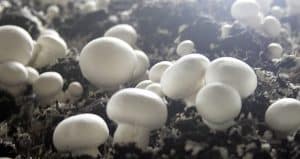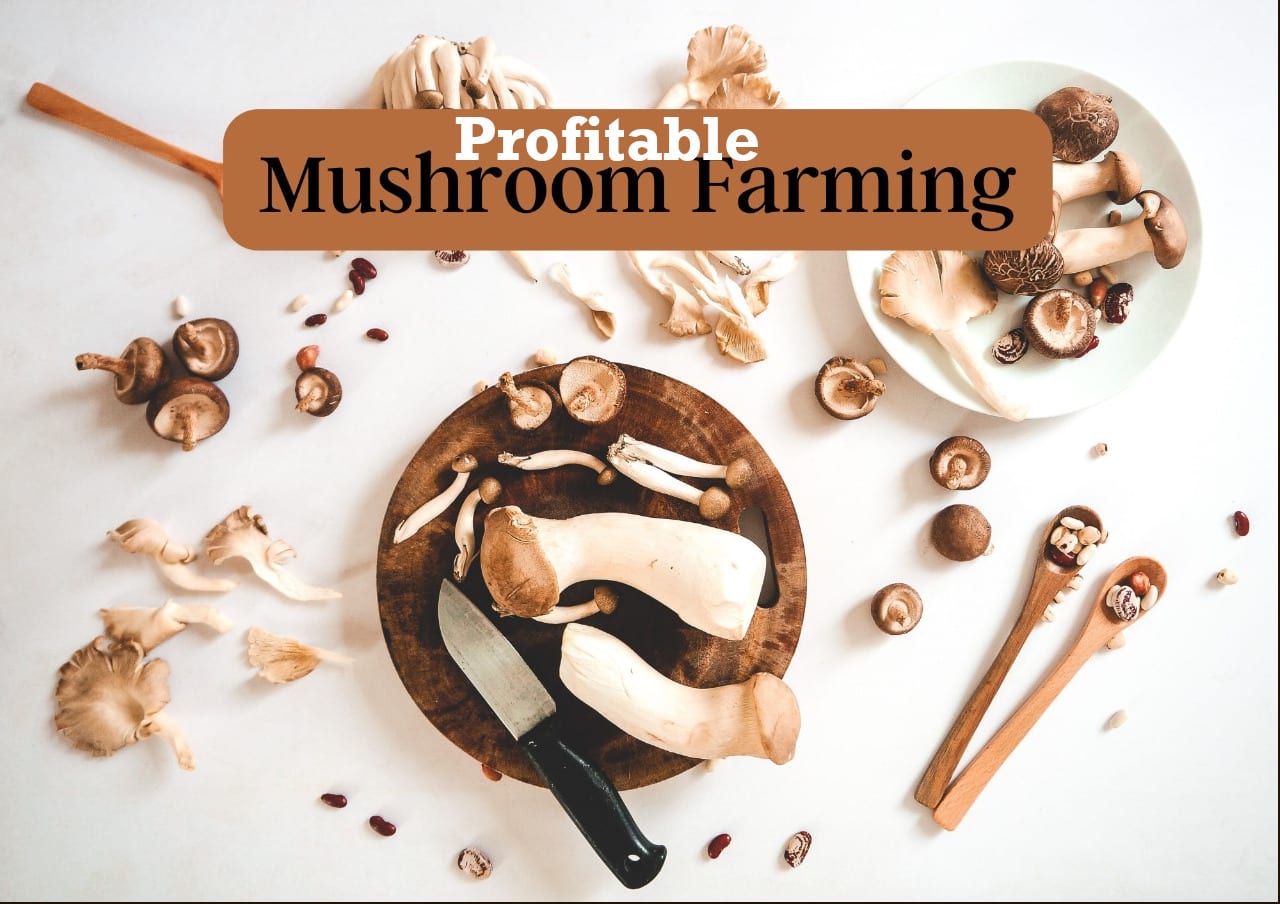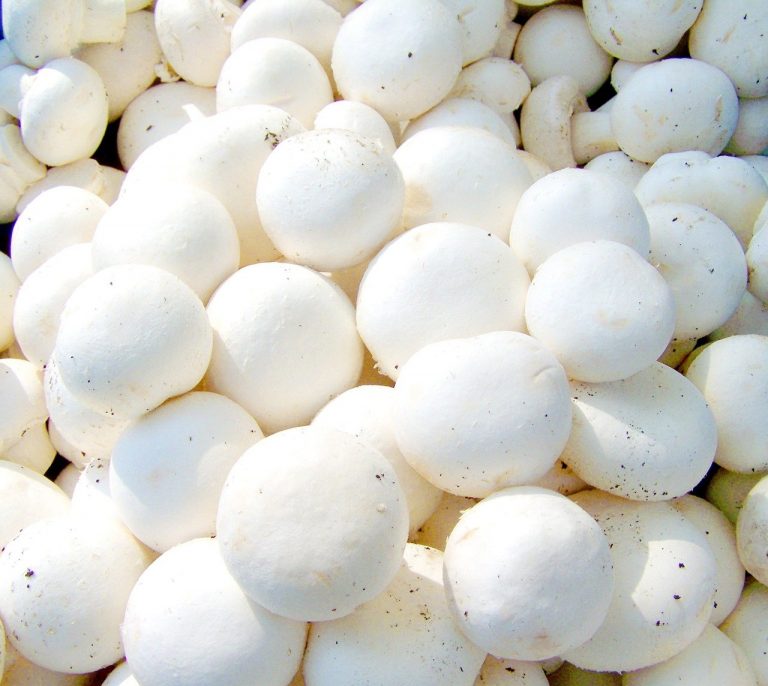In India, mushroom cultivation is increasingly becoming a viable alternative source of income for many people. At KisannMitrr, we offer complete mushroom farming business consulting services to help you start a profitable agribusiness. Mushroom farming is becoming increasingly popular due to low capital costs, year-round output, and strong demand for mushrooms.
Economic Importance of Mushrooms
- Nutrients.
- Antioxidants.
- Vitamin D
- Dietary fibre (DF).
- Selenium.
- Potassium.
Steps involved in Mushroom Farming
Mushroom farming is divided into six parts, and while the classifications are arbitrary, they describe what is required to create a production system. Phase I composting, Phase II composting, spawning, casing, pinning, and cropping are the six processes. These processes are presented in the order in which they occur in nature, with emphasis on the key elements of each step.
Phase I: Making Mushroom Compost for Mushroom Farming
Phase I composting begins with the components being mixed and moistened before being put in a rectangular mound with tight sides and a loose middle. The bulk materials are usually turned in a compost turner. As the horse dung or synthetic compost passes through the turner, water is sprayed on it. The turner spreads nitrogen supplements and gypsum on top of the bulk components and carefully mixes them. After the pile has been wetted and created, aerobic fermentation (composting) begins as a consequence of microorganisms that naturally reside in the bulk components growing and reproducing.
Phase II: Finishing the Compost for Mushroom Farming
Phase II composting serves two key goals. Pasteurization is required to eliminate any insects, nematodes, pest fungus, or other pests found in the compost. Second, the compost must be conditioned and the ammonia created during Phase I composting must be removed. Phase II composting may be thought of as a temperature-controlled, ecological process that uses air to keep the compost at a temperature that allows microorganisms to thrive and reproduce.
Mushroom Spawning

If mushrooms are to develop, mushroom compost must be infected with mushroom spawn. Spawn producers begin the process by sterilising a combination of millet grain, water, and chalk; millet can be replaced with rye, wheat, or other tiny grain.
Spawn is strewn around the compost before being properly mixed in. For years, this was done by hand, with the spawn being dispersed over the compost’s surface and ruffled in with a tiny rake-like implement. In recent years, however, spawn has been mixed into the compost by a unique spawning machine that uses tines or little finger-like devices to mix the compost and spawn. In a tray or batch method, spawn is mixed into the compost as it travels down a conveyer belt or falls into a tray from a conveyor. Several commercial additives are now available that can be used to boost mushroom output during spawning or casing.
Casing
Casing is a top-dressing that goes on top of the spawn-run compost where the mushrooms finally grow. The casing can be made from a combination of peat moss and pulverised limestone. Moisture is required for the growth of a firm mushroom, thus the casing should be able to contain it. The casing layer’s most significant roles are to provide water to the mycelium for growth and development, to keep the compost from drying out, to provide support for emerging mushrooms, and to resist structural collapse after repeated watering. The most production potential is achieved by supplying as much water to the casing as soon as possible without allowing it to seep into the underlying compost.
Pinning
After rhizomorphs have developed in the case, mushroom initials appear. The initials are quite minute, yet they may be observed on a rhizomorph as outgrowths. The structure becomes a pin after it quadruples in size. During the button stage, pins continue to spread and get bigger, eventually transforming into a mushroom. After 18 to 21 days, harvestable mushrooms appear.

As a result, the mushrooms continue to grow, pushing through the casing and becoming filthy by the time they are harvested. Mushrooms can form beneath the surface of the casing if there isn’t enough moisture. Pinning is an important phase in the production cycle that impacts both the potential yield and quality of a crop.
Mushroom Cropping
The words flush, break, and bloom refer to the three- to five-day harvest periods that occur during the cropping cycle, followed by a few days when no mushrooms are available for harvest. This cycle repeats itself in a regular pattern, and harvesting can continue as long as the mushrooms develop. To ensure that the mushrooms are provided with the most optimum support get expert advice from KisaanMitrr’s farming experts.

Conclusion
In conclusion, mushroom farming is one of the most profitable agriculture practices with extremely low investment. Because mushrooms can be grown in small rooms without sunlight, it makes this agricultural practice extremely suitable for farmers who have small land plots. They can even be cultivated in sheds and rooms provided you have the right consultancy working with you. Get in touch with the farming experts of KisaanMitrr who can help you develop a sustainable, profitable, high-yield mushroom farming business. Get in touch today!

